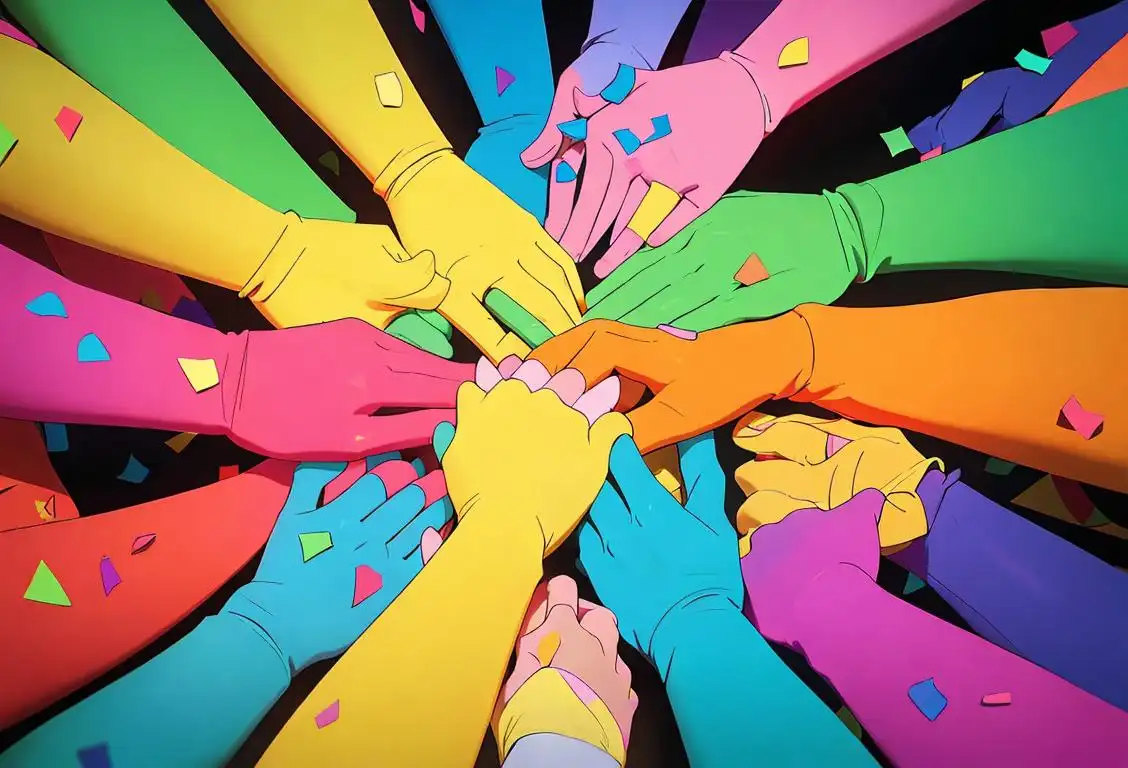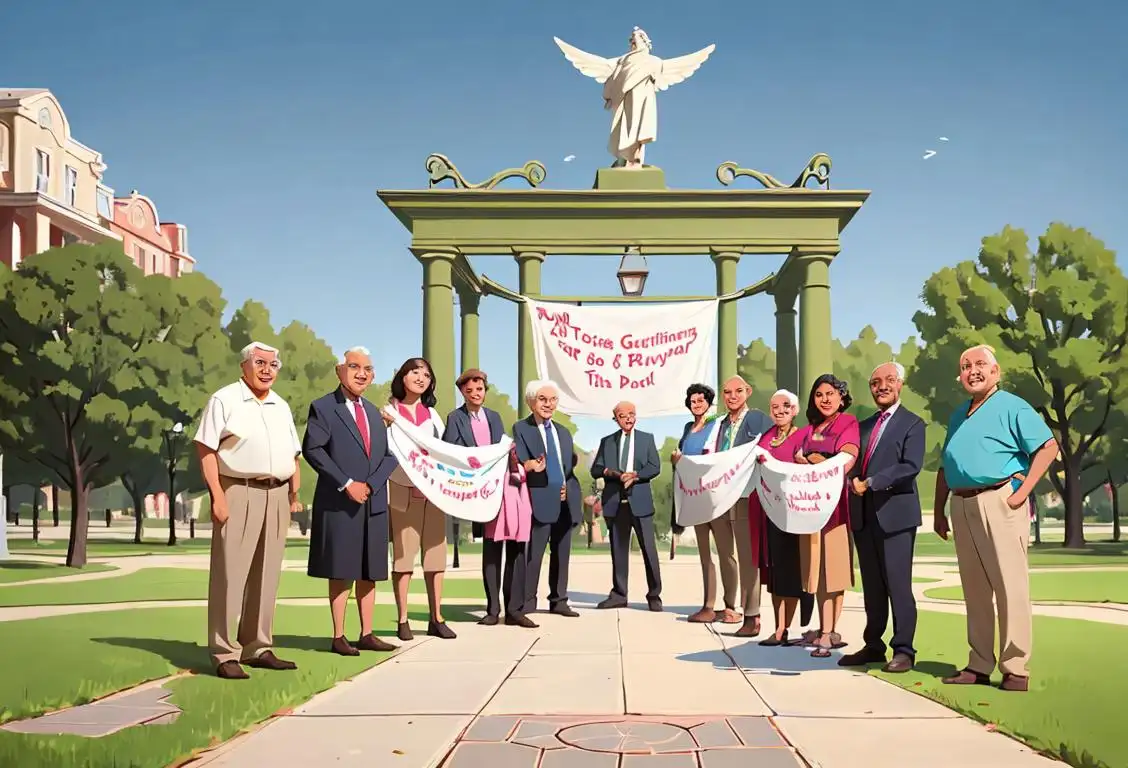National Lesbian Day

Wave your rainbow flags and get your marching shoes on because we've got an inclusivity bonanza to celebrate! National Lesbian Day is the day we put the L in LGBTQ+, and it's a riot of color, love, and equality. So let's dive into the details and get unraveled in the history of this eminently fabulous day.
When is Lesbian Day?
It's national lesbian day on the 9th October.
The Internet Scuttlebutt on National Lesbian Day
Our trusty data wizards have detected a whopping 6237 mentions of National Lesbian Day online. With the most mentions recorded on the 9th of October, 2020, it seems pretty certain that this ladies-loving-ladies celebration packs quite a social media punch.
Untangling the History
Sadly, like many LGBT+ recognitions, the onset of National Lesbian Day is a bit hazy. It's most likely that it sprang out organically from the community's need to create safe spaces and recognition events. The important thing, though, is that it exists, and has grown into a vibrant celebration of lesbian love, gender diversity, and fabulousness in all its forms.
Recognizing the Love
Even if Google hasn't yet listed it as an 'official' national day, the online buzz is significant. The beauty is, regardless of its origination, National Lesbian Day is an opportunity to trumpet the importance of love, acceptance, and freedom to be oneself - regardless if society hasn't caught up with Google's calendar updates just yet.
History behind the term 'Lesbian'
6th Century BC
Ancient poetess' homeland
The term 'lesbian' finds its origin in the island of Lesbos, located in the Aegean Sea, Greece. This picturesque island was home to the renowned ancient poetess Sappho, who lived in the 6th century BC and wrote sublime love poems about women. Sappho's heartfelt verses penned in her homeland of Lesbos contributed to the term's association with same-sex love between women.
1890
The emergence of a medical term
In the late 19th century, the term 'lesbian' took on a medical connotation. German sexologist Dr. Richard von Krafft-Ebing included the term in his influential work 'Psychopathia Sexualis,' published in 1886, to describe sexual attraction and relationships between women. This marked the first time the term appeared in a prominent medical text, solidifying its usage in the scholarly and scientific realms.
1925
A shift towards female homosexuality
During the early 20th century, the term 'lesbian' gradually shifted to primarily connote female homosexuality. Prior to this, the term was often used to denote same-sex behaviors in general. However, as understanding of sexual orientation deepened, 'lesbian' became more specifically associated with women who were attracted to and engaged in romantic or sexual relationships with other women.
1969
Stonewall and lesbian visibility
The 1969 Stonewall Riots, considered a turning point in LGBTQ+ activism, played a significant role in increasing lesbian visibility and asserting lesbian rights. As lesbian activists became more vocal and organized, the term 'lesbian' gained prominence in discussions surrounding gender and sexuality. It became an integral part of the evolving LGBTQ+ lexicon and contributed to the emerging lesbian feminist movement.
1990s
Lesbian culture and community
Throughout the 1990s, lesbian culture and community blossomed as lesbian visibility increased. The LGBTQ+ rights movement gained momentum, leading to significant advancements in legal recognition and social acceptance. The term 'lesbian' became a unifying identifier, empowering women to join together, express their identities, form inclusive spaces, and celebrate their shared experiences.
Did you know?
Did you know? The term 'lesbian' actually comes from the island Lesbos in Greece, where the ancient poet Sappho wrote detailed lyrical poetry about her love for other women around 600 B.C.Tagged
awareness fun love equality LGBTQ+ lesbianFirst identified
30th May 2015Most mentioned on
9th October 2020Total mentions
6237Other days
Lesbian Day
Coming Out Day
Coming Day
Comin Out Day
Homo Day
Love Your Pet Day
Philanthropy Day
Golf Day
Have Sex Day
No Bra Day







